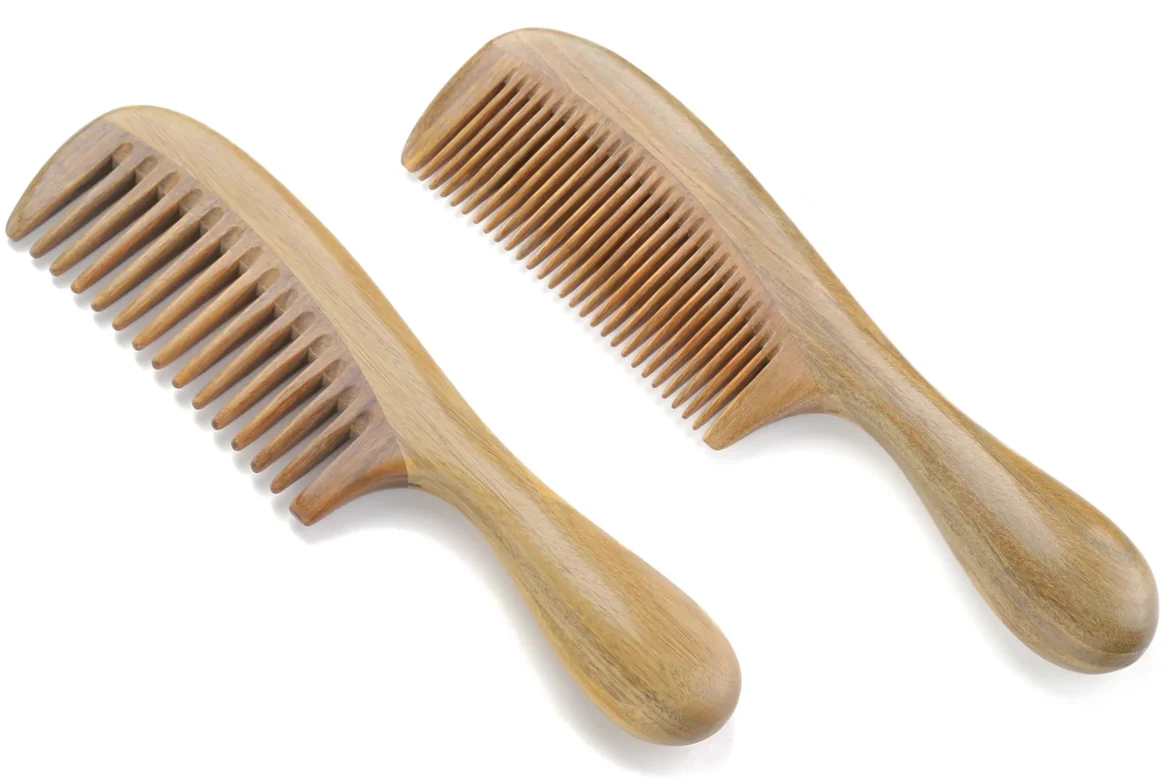Detangling is an essential part of any hair care routine, but if done incorrectly, it can cause unnecessary breakage, split ends, and frizz. The type of tool you use plays a significant role in how effective and gentle the process is. While many people rely on plastic or metal combs, a wooden comb offers unique benefits that make detangling smoother and healthier for your hair. By learning the correct techniques, you can protect your strands and maintain their natural beauty.
Using a Wood Hair Comb is particularly effective because of its natural properties. Unlike plastic combs that can create static and tug on knots, wooden combs glide through hair more gently, reduce friction, and help distribute natural oils evenly. This not only makes detangling easier but also supports healthier, shinier, and stronger hair over time.
Why Detangling Matters
Detangling removes knots and prevents them from developing into larger tangles that may cause breakage. It also ensures that your hair products, such as conditioners or oils, can be distributed evenly throughout your strands. When done properly, detangling helps maintain hair texture, prevents damage, and allows for smoother styling.
Step 1: Choose the Right Comb
Before beginning, select a wide-tooth wooden comb. The wider spacing between teeth makes it easier to glide through knots without pulling or snapping strands. A quality wood comb is gentle on the scalp and helps reduce static, leaving your hair smoother.
Step 2: Start with Damp or Conditioned Hair
Detangling is often easier when hair is slightly damp or has been conditioned. Applying a leave-in conditioner or a light detangling spray adds slip to the hair, making it less prone to breakage. For curly or coily hair, this step is especially important as it reduces tension when combing through tighter textures.
Step 3: Section Your Hair
Working in smaller sections makes the process more manageable and effective. Divide your hair into four to six sections using clips or hair ties. Focusing on smaller areas reduces the risk of pulling and ensures that every strand is detangled thoroughly.
Step 4: Begin at the Ends
Always start combing from the ends of your hair rather than the roots. This technique prevents knots from tightening and breaking strands. Hold the section of hair a few inches above the ends to reduce tension on the scalp, then gently work upward until the section is smooth.
Step 5: Work Up to the Roots
Once the ends are free of knots, move the comb gradually upward toward the roots. Continue combing gently until the entire section is detangled. Repeat the process for each section of your hair until all knots have been smoothed out.
Step 6: Be Patient and Gentle
Detangling takes time, especially for thick, curly, or textured hair. Rushing through the process or using too much force can cause breakage and frizz. Take your time, use gentle strokes, and let the comb glide naturally through your hair.
Step 7: Finish with Scalp Care
Once detangling is complete, you can use your wooden comb to massage the scalp lightly. The rounded wooden teeth stimulate blood circulation, promote hair growth, and distribute natural oils from roots to ends. This step not only feels soothing but also leaves your hair shinier and healthier.
Maintenance Tip for Your Wood Comb
To ensure your wooden comb lasts and continues to provide benefits, clean it regularly. Remove trapped hair after each use and wash it occasionally with mild soap and water. Dry it thoroughly and avoid prolonged exposure to moisture to preserve its quality. A well-maintained wooden comb can last for years.
Final Thoughts
Detangling does not need to be a stressful part of your routine. By using the right techniques and a wooden comb, you can protect your hair from breakage while enhancing its natural shine and smoothness. Following a step-by-step approach ensures that your strands remain strong, healthy, and free of unnecessary damage. Incorporating a wood hair comb into your grooming habits is a small yet impactful way to care for your hair effectively and sustainably.
